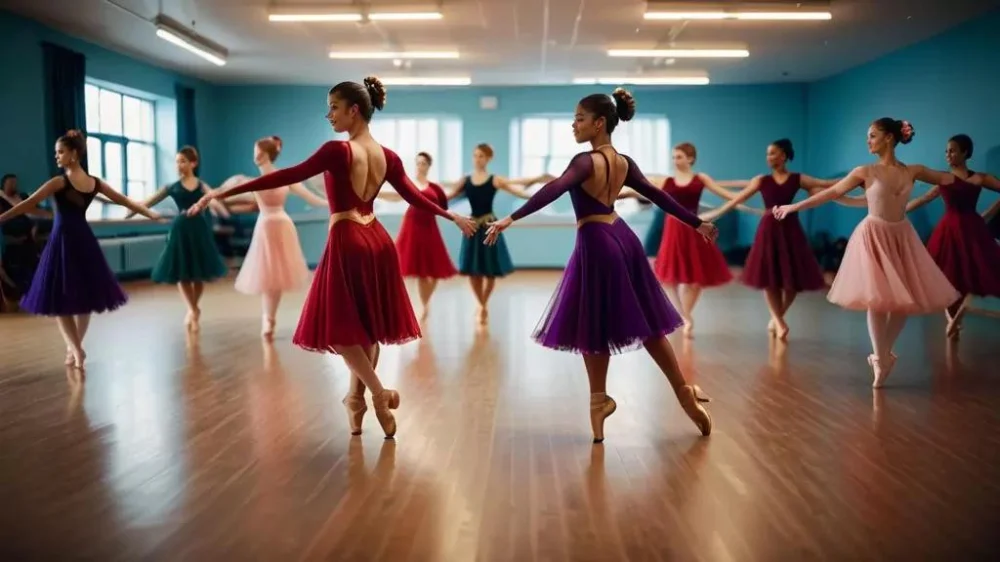
- 1-dance-builds-physical-health-and-body-awareness
- 2-creative-expression-and-emotional-outlets-for-students
- 3-dance-as-a-tool-for-social-and-communication-skills
- 4-cognitive-and-academic-benefits-of-dance-in-schools
- 5-real-stories-why-dance-in-education-changes-lives
1. Dance Builds Physical Health and Body Awareness
Many people ask, why is dance important in schools? One of the most straightforward answers is its impact on students’ physical well-being. Unlike traditional physical education, dance encourages fluid movement, rhythm, coordination, and stamina in an engaging and expressive format.
Regular dance practice helps improve posture, balance, cardiovascular endurance, and motor skills. It provides an inclusive and fun way for students of all athletic abilities to stay active—without the pressure of competition. At a time when childhood obesity and sedentary habits are a growing concern, dance offers a joyful solution.
2. Creative Expression and Emotional Outlets for Students
In today's fast-paced, test-driven educational systems, students often lack opportunities to express themselves freely. Dance brings creativity into the classroom, allowing students to explore emotions, identity, and storytelling through movement.
For example, a middle school in North Carolina launched a program where students choreographed pieces based on social issues that mattered to them—bullying, climate change, and diversity. Teachers noted how these sessions helped even the most reserved students open up emotionally and connect deeply with peers and themselves.
This kind of personal connection is exactly why organizations like American Dance Academy emphasize emotional growth as a core component of youth dance education.
3. Dance as a Tool for Social and Communication Skills
Group dance fosters teamwork, listening skills, and mutual respect. Whether students are performing in pairs or as part of an ensemble, they must coordinate, compromise, and communicate nonverbally—all essential life skills.
Especially in diverse schools, dance has a unique way of breaking down language and cultural barriers. It becomes a universal language that builds community. A bilingual elementary school in Texas integrated salsa and hip-hop into their curriculum, helping ESL students bond more easily with classmates.
When students move together, they grow together—physically and socially.
4. Cognitive and Academic Benefits of Dance in Schools
Research consistently shows that the arts, including dance, support academic performance. Dance involves memorization, pattern recognition, and sequencing—skills that reinforce mathematical and reading comprehension. Spatial awareness developed through choreography has even been linked to improved geometry skills.
Furthermore, kinesthetic learners—students who learn best through physical activity—often excel in dance environments, gaining confidence that then transfers into their academic work. Schools that integrate dance report higher engagement and attendance rates.
5. Real Stories: Why Dance in Education Changes Lives
In California, high school student Jasmine struggled with anxiety and rarely participated in class discussions. After joining the school’s modern dance program, she began choreographing solo pieces that reflected her inner thoughts. By the end of the semester, Jasmine was confidently speaking at assemblies, explaining her work and inspiring others.
Stories like hers are not uncommon. Dance gives young people the tools to connect with themselves and others, making it a powerful addition to the educational system. Schools looking to build a more holistic, inclusive, and empowered student body should consider dance not as an extracurricular luxury—but a core educational necessity.
For educators and parents exploring quality dance programs, American Dance Academy offers a wide range of youth-focused training that supports physical, emotional, and cognitive development through expertly crafted curricula.
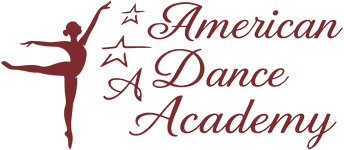
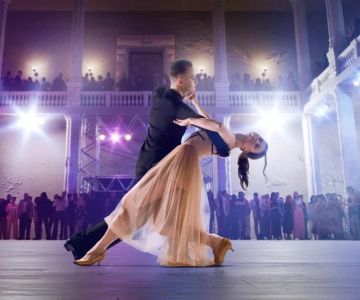
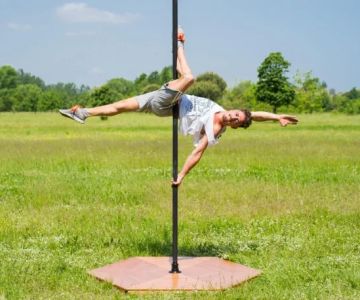
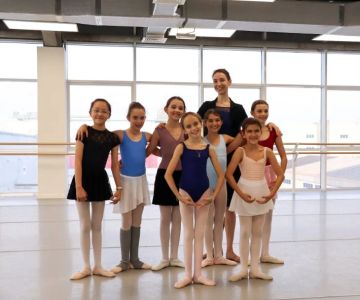
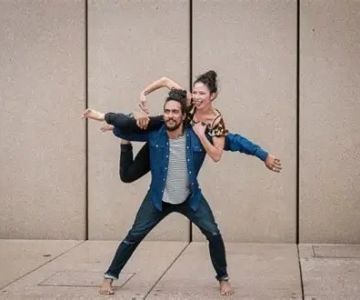

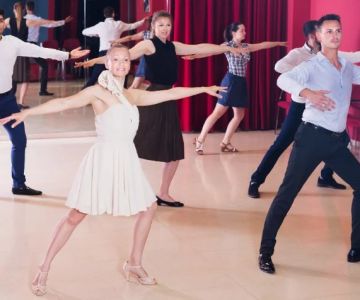
 Barrington Dance Academy5.0 (22 reviews)
Barrington Dance Academy5.0 (22 reviews)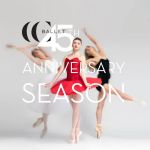 Canyon Concert Ballet4.0 (17 reviews)
Canyon Concert Ballet4.0 (17 reviews) Big City Dance Center LLC4.0 (25 reviews)
Big City Dance Center LLC4.0 (25 reviews)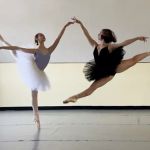 Tye Chua Dance & Kalamazoo Ballet5.0 (18 reviews)
Tye Chua Dance & Kalamazoo Ballet5.0 (18 reviews)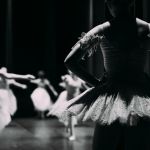 Fenton Ballet Theatre4.0 (24 reviews)
Fenton Ballet Theatre4.0 (24 reviews) Front Street Dance Center5.0 (7 reviews)
Front Street Dance Center5.0 (7 reviews) Are There Dances in Middle School? What Students and Parents Should Know
Are There Dances in Middle School? What Students and Parents Should Know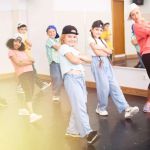 How a Dance School in Instagram Builds Community and Success
How a Dance School in Instagram Builds Community and Success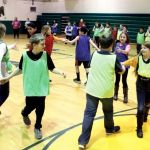 Why Do Schools Teach Square Dancing?
Why Do Schools Teach Square Dancing?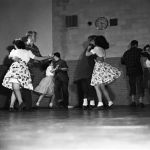 Why Was Square Dancing Taught in School?
Why Was Square Dancing Taught in School? Why Swing Dance Is Popular for Adults
Why Swing Dance Is Popular for Adults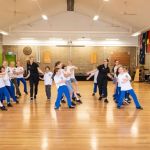 A School Dance: How to Prepare, Shine, and Make It Unforgettable
A School Dance: How to Prepare, Shine, and Make It Unforgettable